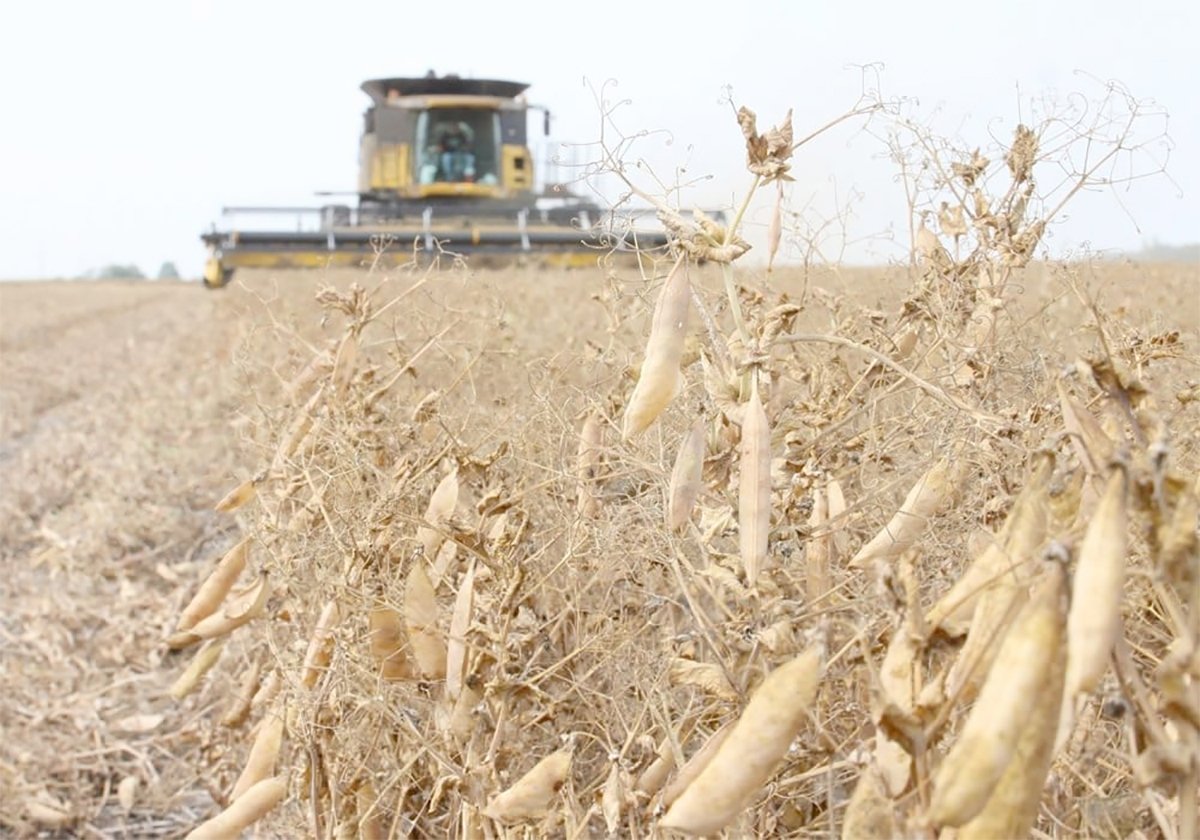SASKATOON — It’s time Canada launched an all-out assault on the Export Enhancement Program, says the producer advisory committee of the Canadian Wheat Board.
In a letter to agriculture minister Ralph Goodale, the elected farmers said the U.S. is violating trade agreements by subsidizing wheat and barley sales in virtually every major market.
“We are furious with the U.S. department of agriculture’s blatant use of EEP subsidies,” said committee chair Wilfred Harder. “Not only does this program lower world prices, but it flies in the face of our negotiated agreements.”
Read Also

Chinese, Indian tariffs take toll on pea prices
The disruption of pea exports from Canada’s largest customers will likely result in slow pea exports for the remainder of the crop year.
The committee wants Goodale to formally protest the continued use of EEP by initiating action under the Canada/U.S. Trade Agreement and the North American Free Trade Agreement. Those deals require each country to take into account the interests of the other in subsidizing sales into third countries.
That clearly is not happening with EEP, said the committee. While the program was devised to counter European Union subsidies, it is now used in markets where the E.U. is only a minor player.
World pricing structure affected
“In these cases, it has been Canadian producers who have been hurt along with farmers in other countries that do not have large export subsidy programs,” said Harder.
Canada and the U.S. recently settled their dispute over two-way wheat trade when Canada agreed to limit sales of wheat and durum to the U.S.
“The cap on Canada/U.S. wheat trade is more or less a smokescreen,” said committee vice-chair John Clair. “The real issue is the EEP that the Americans have and continue to use against us,” he said.
Clair thinks the American wheat industry has used the dispute with Canada to divert domestic political attention from EEP, which he said is coming under increasing criticism in the U.S. as a waste of taxpayers’ money.
He wants the so-called “blue ribbon panel” set up to examine wheat issues in dispute to focus on the damaging effects of U.S. export subsidies.
“I think there is an excellent opportunity there for us to show what EEP is really doing,” he said.
But he added he’s concerned about comments from both sides of the border that the panel should look at ways to “harmonize” the Canadian and U.S. grain marketing systems. That invariably seems to mean changing Canada’s system to accommodate the giant neighbor to the south, something that doesn’t interest Clair in the least.
Protect wheat board
“We have an excellent system with the wheat board and the Canadian Grain Commission and we need to protect them,” he said.
Earlier this summer the U.S. Senate passed an agricultural appropriations bill that included a proposal from North Dakota senator Byron Dorgan. He suggested the U.S. department of agriculture investigate the potential advantages of a joint Canada/U.S. grain marketing system.
Farmers in the two countries should co-operate rather than try to “undersell each other” in foreign markets, said Dorgan: “Together U.S. and Canadian farmers could harness a vast amount of market power in worldwide wheat export markets.”
Clair said he doesn’t take Dorgan’s proposal seriously, dismissing it as being more political than substantial in nature.














